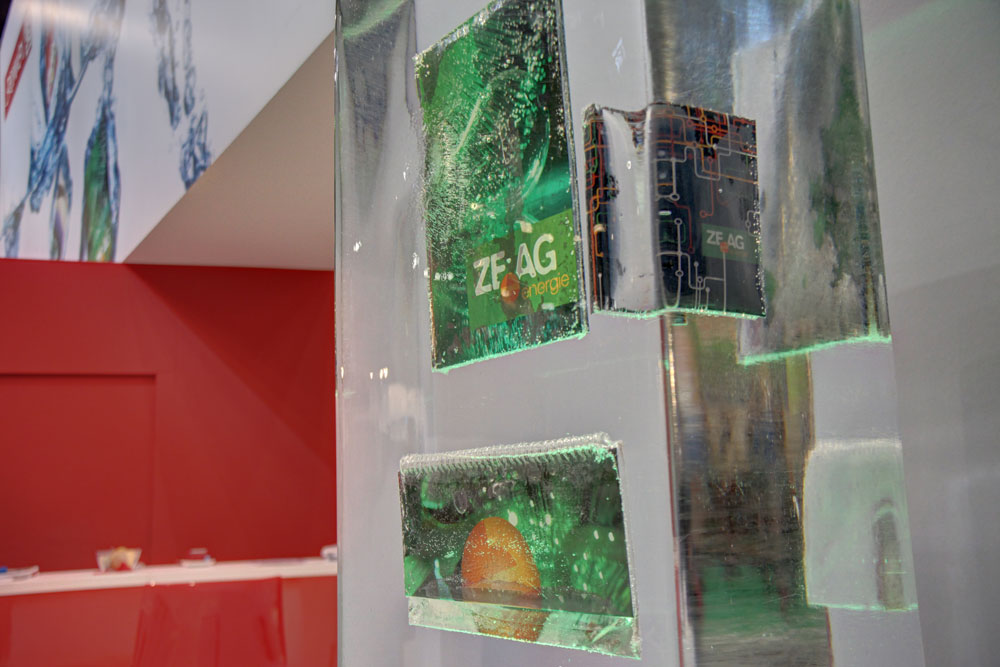Study underscores recall value of promotional items
ADVERTISING ARTICLES Most advertising messages pass us by without a trace. It's quite different when advertising is perceived as a reward. Then the message has a good chance of not only getting through, but also staying with us. stapagIn a survey conducted in Germany at the end of last year, promotional articles achieved a 78 percent recall rate: 780 out of 1,000 participants in the study were able to name without [...]

stapagWith a Survey at the end of last year In Germany, promotional products achieved a recall rate of 78%: 780 out of 1,000 study participants were able to name the company that had given them a pen, mug or calendar without being asked - a unique peak value. In the case of radio, which came second, only 32% of respondents were able to recall the sender of an advertising message, while TV commercials came in at 28% and advertisements at 26%.Brain releases happiness hormoneOne of the things that sets promotional products apart from these media is the recipient's feeling of being given a gift. The positive image factors that immediately and unconsciously reflect back to the sender: I as a customer am important to this company and am valued.The brain decodes "reward"! And releases a noticeable dose of the happiness hormone dopamine. As soon as we receive the promotional item, the motor cortex is also activated. If the touch is pleasant, another dose of dopamine is released.The need to give something backThe background for queuing at the stand with the free event shirts, for the crowd of people around the promotion team handing out calendars; the expectant eyes at the stand where branded bags are handed out ... At the same time, an age-old psychological reaction pattern is awakened - the reciprocity mechanism: the need to give something back. This is why the sender is guaranteed at least the recipient's attention, more desirable than ever in times of information overload. If the quality of use of the promotional item lives up to the promise of its appearance, it also has a good chance of becoming a permanent companion and eye-catcher.95 percent own promotional itemsAlso substantiated by another result of the "Advertising impact study for promotional products", commissioned by the GWW General Association of the Promotional Products Industryconducted by DIMA Marktforschung: 95 percent of study participants stated that they owned a promotional item, for example from the most frequently used product areas of textiles, stationery and calendars. 93 percent also use them, which in turn increases the impact of implicit messages and visual contact, e.g. for logos.








